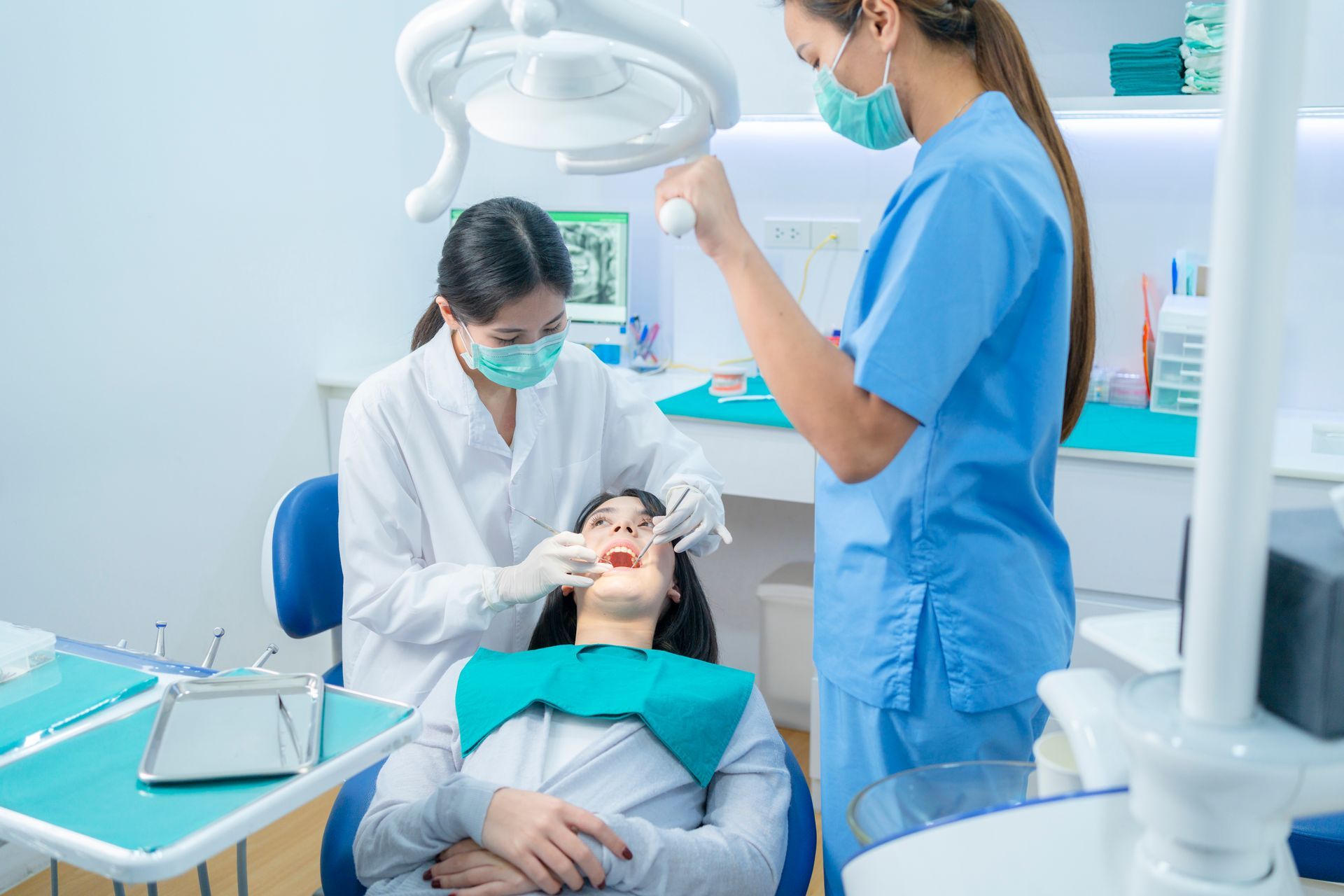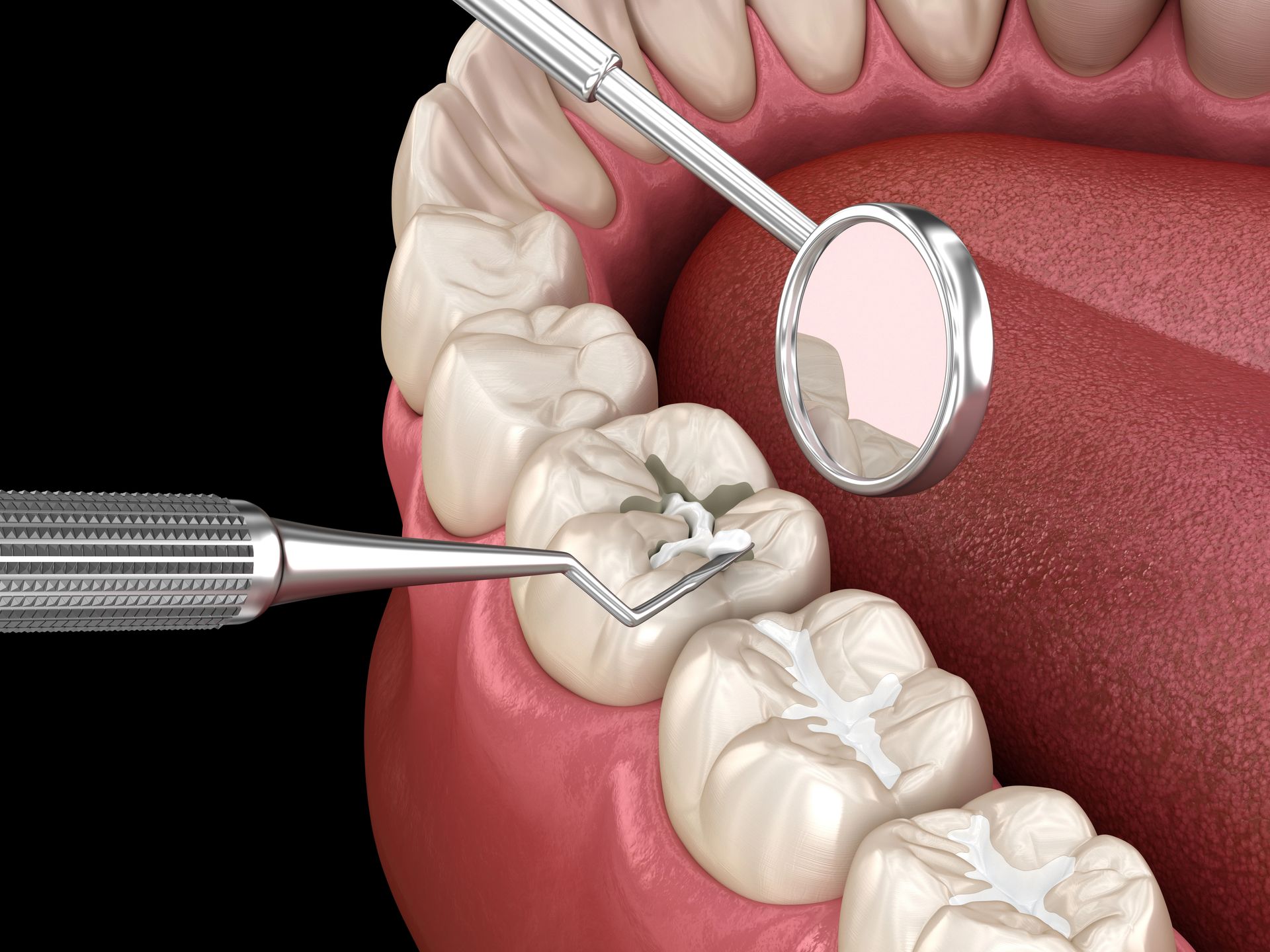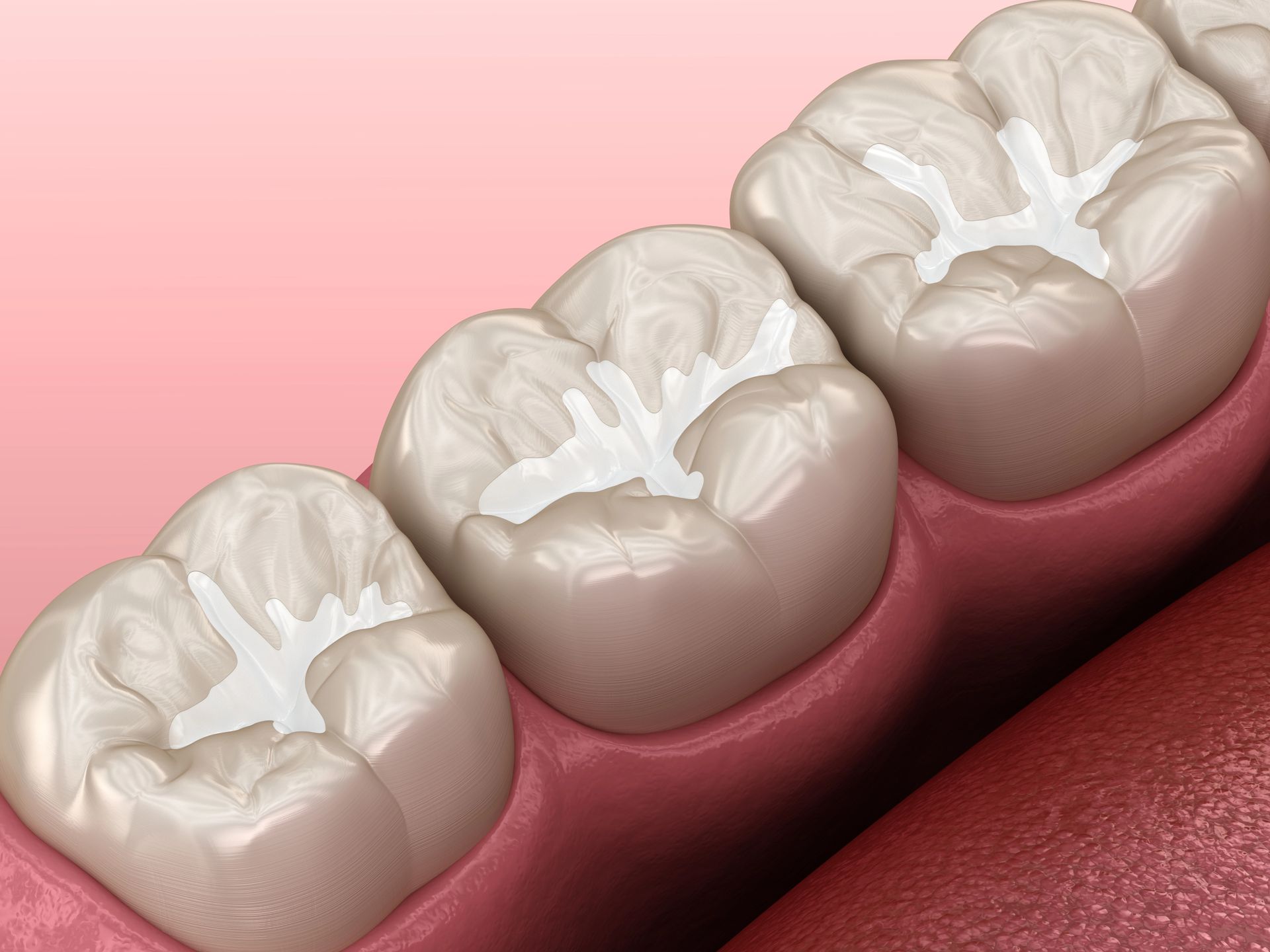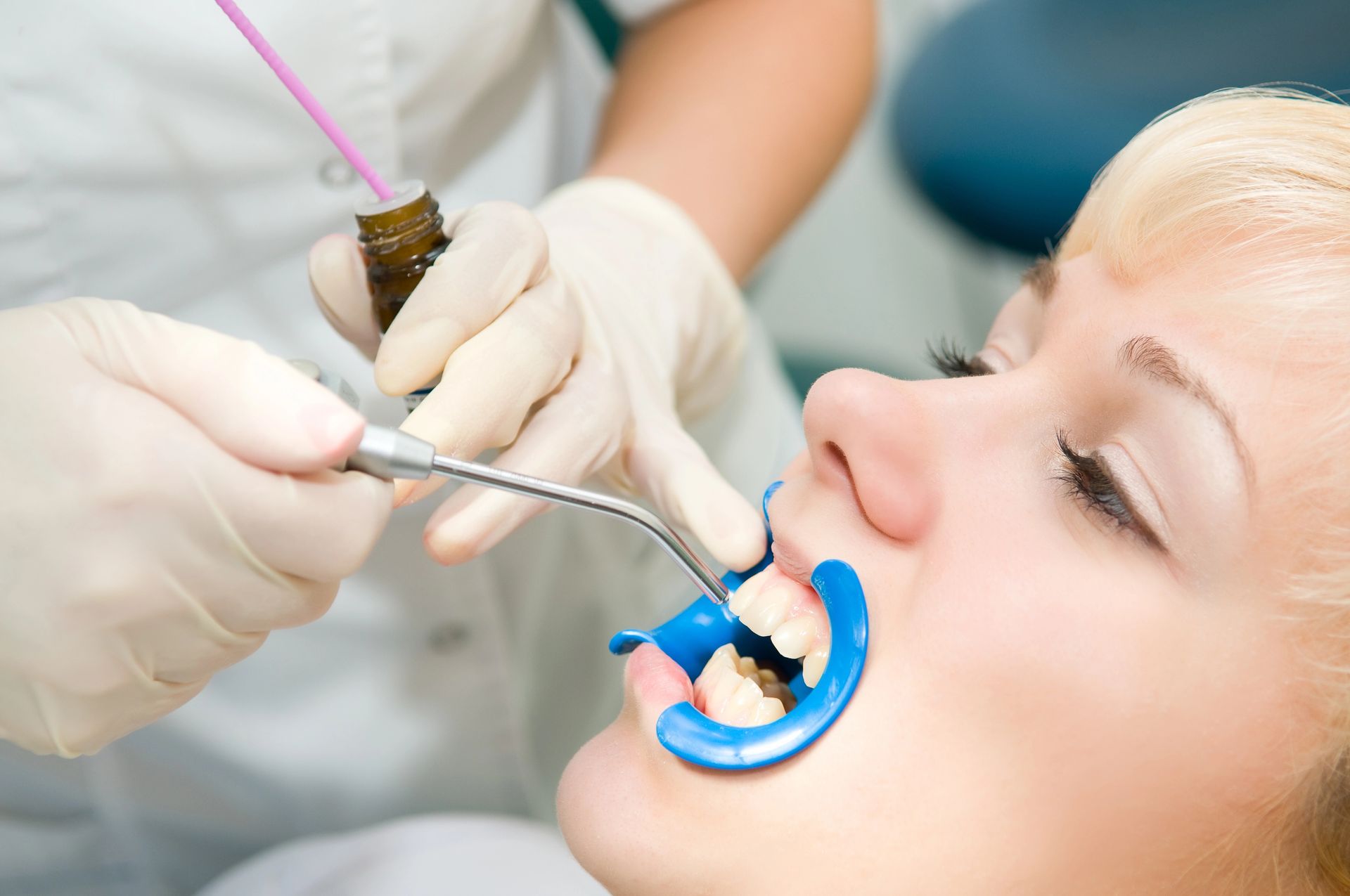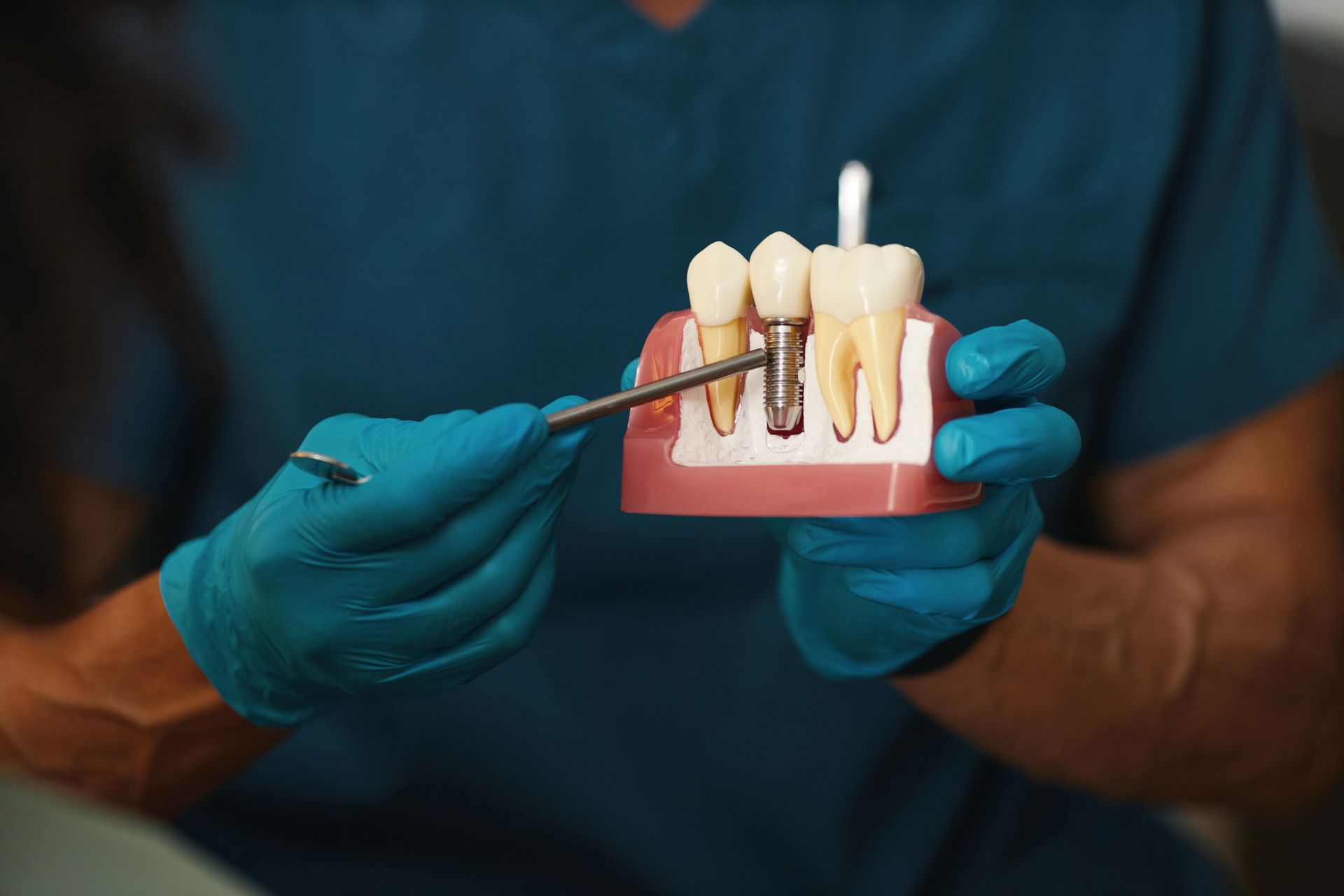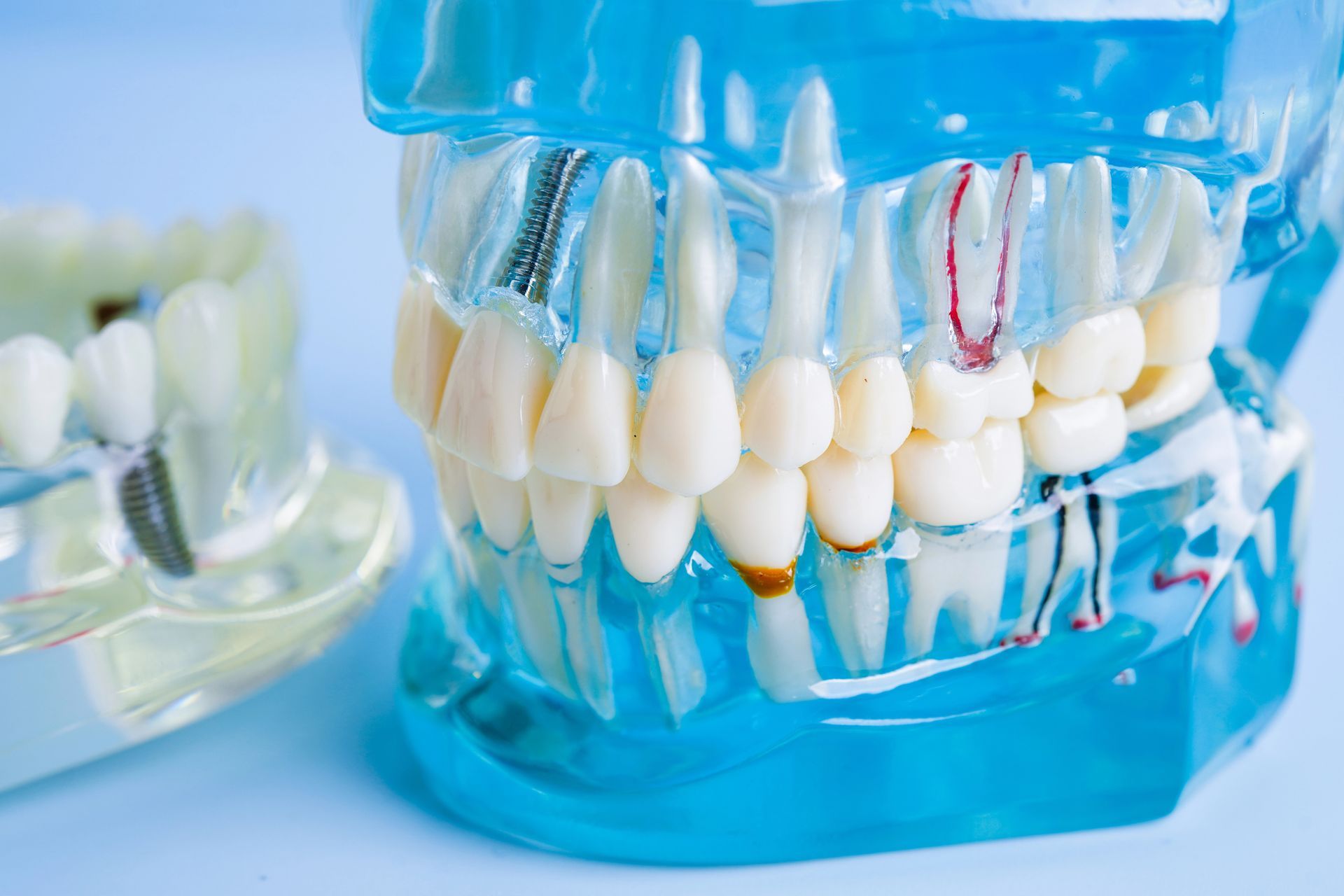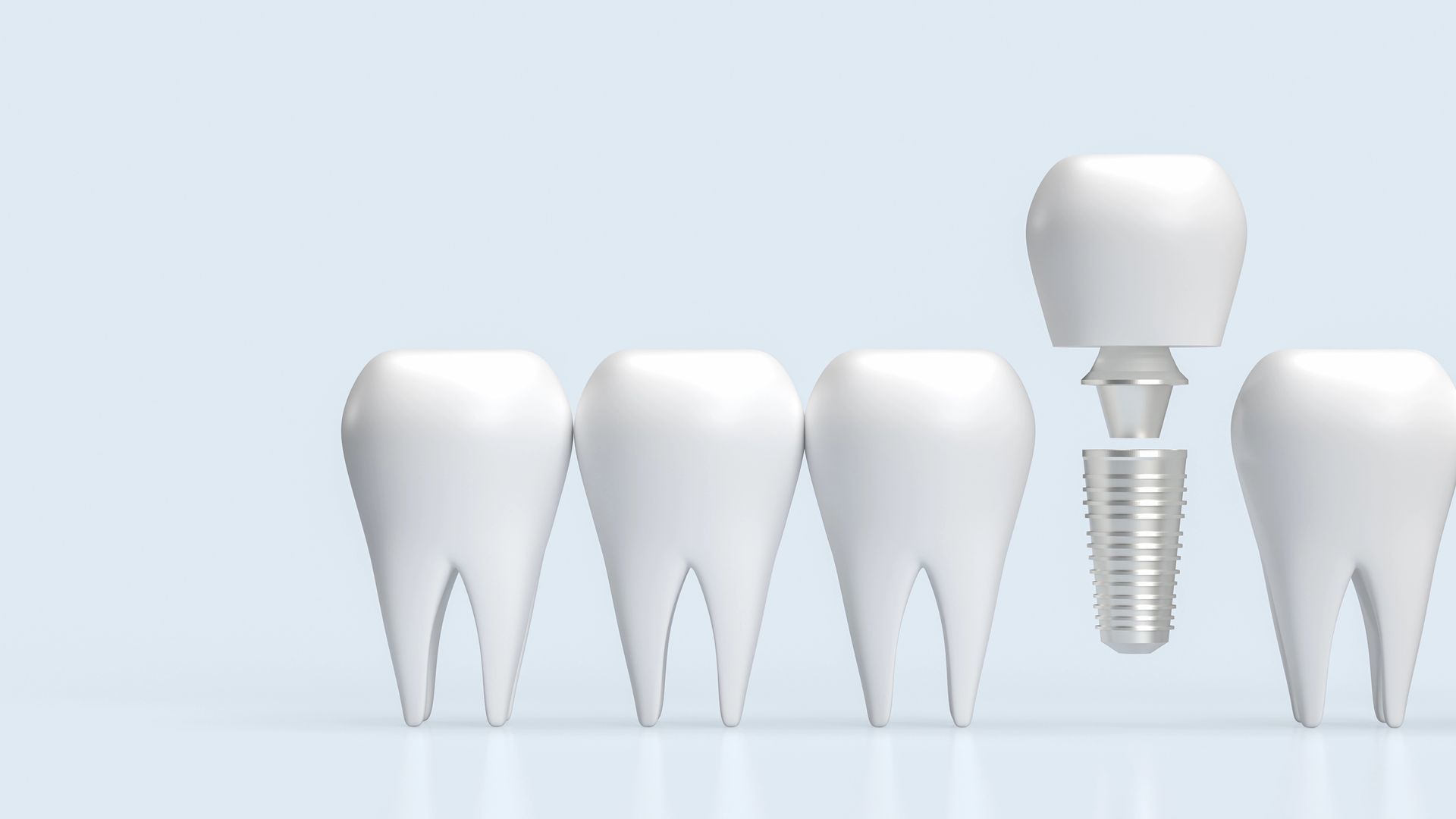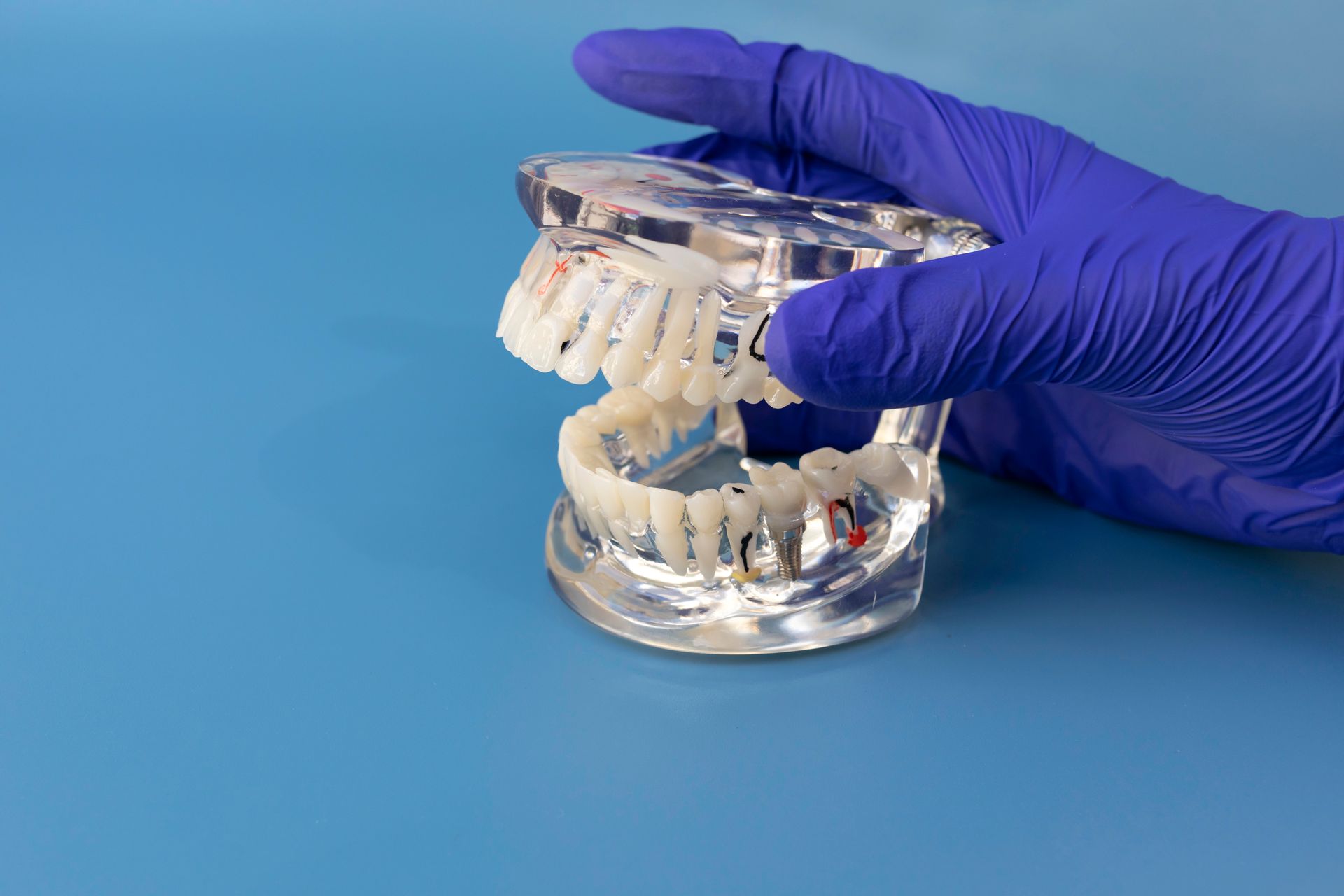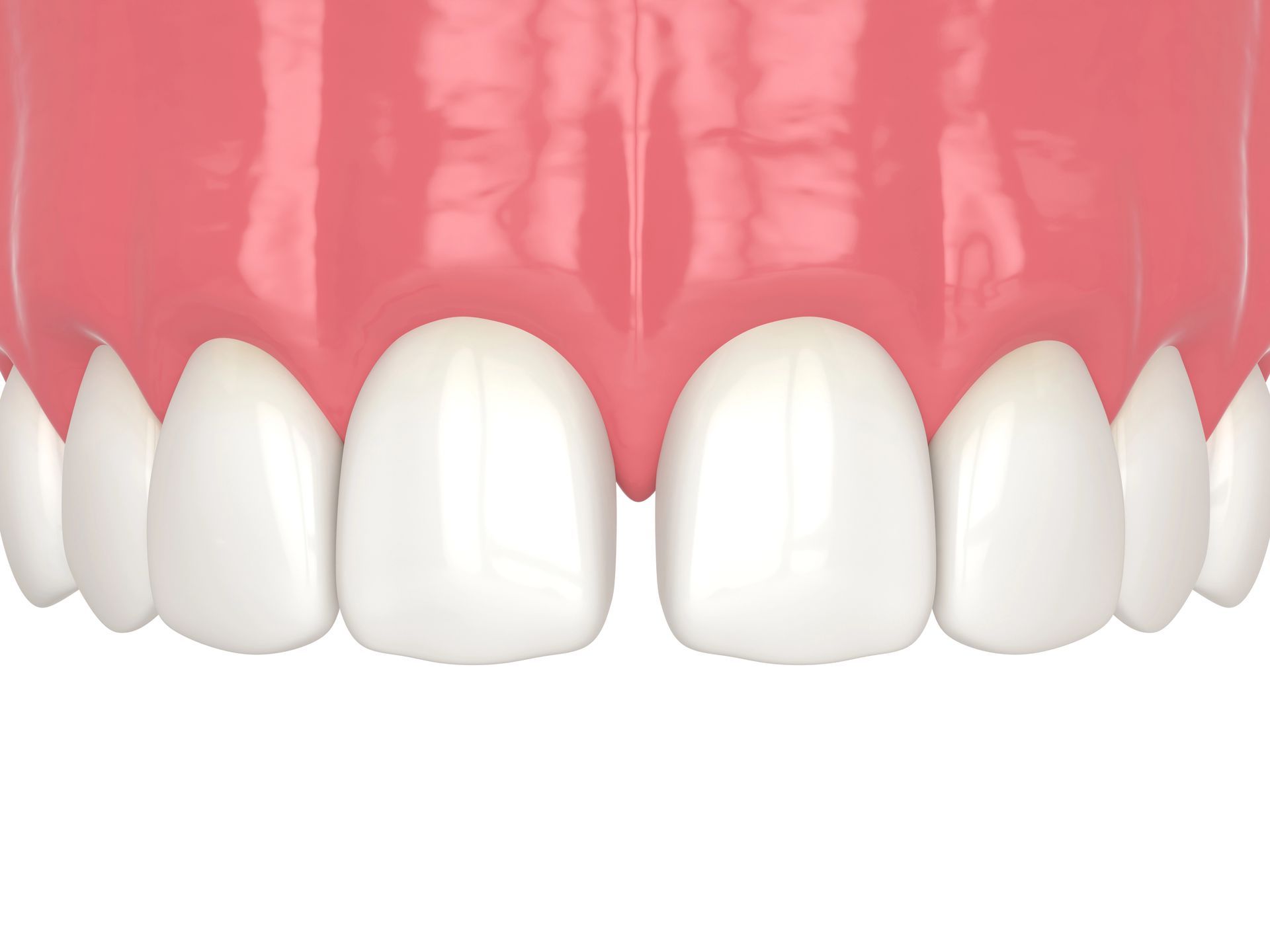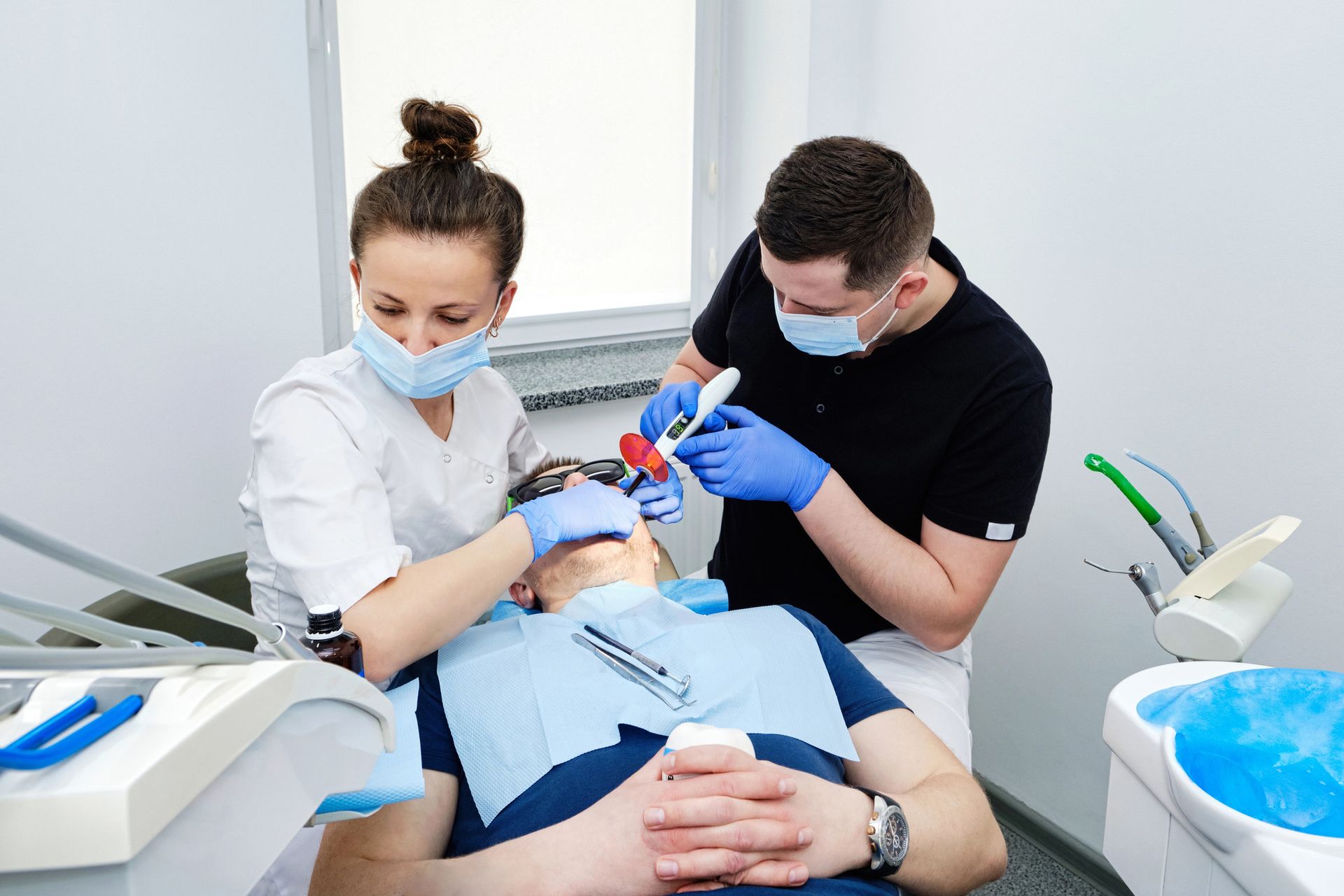Are you curious about teeth whitening permanence and wondering if it's possible to maintain a white smile? While the effects of teeth whitening can vary, they generally do not last forever and the longevity of the results can depend on several factors. It's important to understand that individual results can differ based on habits and natural tooth characteristics.
Understanding Professional Teeth Whitening
Teeth whitening permanence varies significantly depending on the type of treatment you choose. Professional teeth whitening, performed by a dental professional, often yields the most reliable and long-lasting results. This method uses high-grade whitening agents that are capable of removing deep stains more effectively than over-the-counter products. However, the longevity of the whiteness achieved through professional treatments can still be influenced by dietary and lifestyle habits. For those considering this option, understanding the potential costs involved is crucial.
You can learn more about what to expect financially by visiting
Teeth Whitening Costs: Get a Super White Smile in Columbia, SC. While professional teeth whitening can be more costly upfront, many find the initial investment worthwhile for the significant improvement in the brightness of their smile. Remember, the permanence of teeth whitening is not absolute, and maintaining the effects depends largely on post-treatment care.
Types of Professional Whitening Treatments
When considering teeth whitening permanence, it's essential to understand the various professional whitening treatments available. These treatments are typically performed in a dental office and involve the use of high-concentration bleaching agents that can significantly alter the color of your teeth. The effectiveness and duration of the results can vary, depending on the type of treatment chosen and individual factors such as the natural color of your teeth and lifestyle habits. Each professional whitening method is designed to cater to different needs and preferences.
While some treatments can provide quick results in a single visit, others may require multiple sessions to achieve the desired level of whiteness. It's important for individuals to have a clear understanding of the options available in order to make an informed decision about which treatment might be best suited for their situation.
Explore Teeth Whitening in Columbia to learn more about your options.
Benefits of In-Office Whitening
In-office whitening procedures are recognized for their effectiveness in enhancing the aesthetic appeal of smiles. One of the notable advantages is the potential for teeth whitening permanence, where results can be more enduring compared to other methods. This method is conducted in a controlled environment, which ensures that the process is monitored closely for optimal outcomes. The professional setting also allows for the use of advanced techniques that aim to improve the overall uniformity and brightness of teeth.
How Laser Teeth Whitening Works
Laser teeth whitening is a popular cosmetic dental procedure that utilizes laser technology to accelerate the bleaching effect on teeth. The process typically involves applying a peroxide-based whitening gel to the surface of the teeth. A laser is then directed at the teeth, which helps to activate the whitening agents in the gel. This method is favored for its ability to provide significant color change in a short amount of time. While the results can be quite dramatic, the permanence of teeth whitening varies depending on individual habits and oral hygiene. For those interested in exploring more about cosmetic dental procedures, Design Dentistry Columbia is a notable practice that can be reached through this Columbia Dentist link.
Custom Tray Whitening Explained
When considering the longevity of teeth whitening results, the role of dental professionals cannot be overstated. Custom tray whitening, a method performed under the guidance of dental experts, significantly enhances teeth whitening permanence compared to over-the-counter products. This process involves creating a mouthguard-like tray tailored specifically for your mouth, which ensures that the whitening agent is distributed evenly across all teeth. Dental professionals also use higher concentrations of whitening agents, thus achieving more durable and noticeable results. By consulting with a dentist, you can ensure that the treatment is safe and tailored to your dental health needs, leading to sustained, brilliant smiles.
Zoom Whitening: Pros and Cons
When considering teeth whitening permanence, Zoom Whitening stands out as a popular choice, but it comes with its own set of advantages and drawbacks. On the plus side, Zoom Whitening offers rapid results, typically brightening teeth up to eight shades in just one session, making it ideal for those seeking immediate improvements. However, the treatment can sometimes lead to tooth sensitivity or gum irritation, particularly if not performed by an experienced professional. Additionally, while Zoom can provide a significantly whiter smile quickly, maintaining these results requires good oral hygiene and possibly periodic touch-ups to counteract new stains from food, drinks, or smoking.
Sensitivity After Teeth Whitening
Many individuals experience increased tooth sensitivity after undergoing a teeth whitening treatment, a common concern when considering teeth whitening permanence. This sensitivity typically occurs due to the bleaching agents used in the process, which can temporarily expose the microscopic dentinal tubules in the teeth. Fortunately, this discomfort is usually short-lived, lasting only a few days post-treatment. To mitigate sensitivity, dentists often recommend using toothpaste formulated for sensitive teeth or decreasing the frequency of whitening treatments. Maintaining a white smile while managing sensitivity requires a balanced approach to ensure both effectiveness and comfort.
Maintenance Tips Post-Whitening
Achieving teeth whitening permanence largely depends on how well you maintain your smile after the treatment. To keep your teeth gleaming long after your whitening session, it's crucial to avoid staining substances like coffee, red wine, and tobacco. Regular brushing and flossing are essential, as they prevent plaque buildup that can lead to discoloration. Additionally, consider using a whitening toothpaste twice a week and scheduling touch-up treatments with your dentist every six months. By following these simple maintenance tips, you can extend the lifespan of your bright smile and enjoy the benefits of your teeth whitening treatment for a longer period.
Cost Comparison of Whitening Methods
When considering teeth whitening permanence, it's essential to evaluate the cost-effectiveness of various whitening methods. Professional treatments at a dental office, though initially more expensive, often offer longer-lasting results, potentially making them more cost-effective in the long run. At-home kits and over-the-counter products are less costly upfront but may require frequent reapplication to maintain whiteness.
Additionally, natural remedies might seem economical but typically provide the least permanence in teeth whitening. Therefore, balancing your budget with your desire for lasting results is crucial when selecting the most suitable teeth whitening option.
Conclusion
For more insights on teeth whitening permanence, feel free to
read reviews on Google Maps or call us at
803-667-3919.

